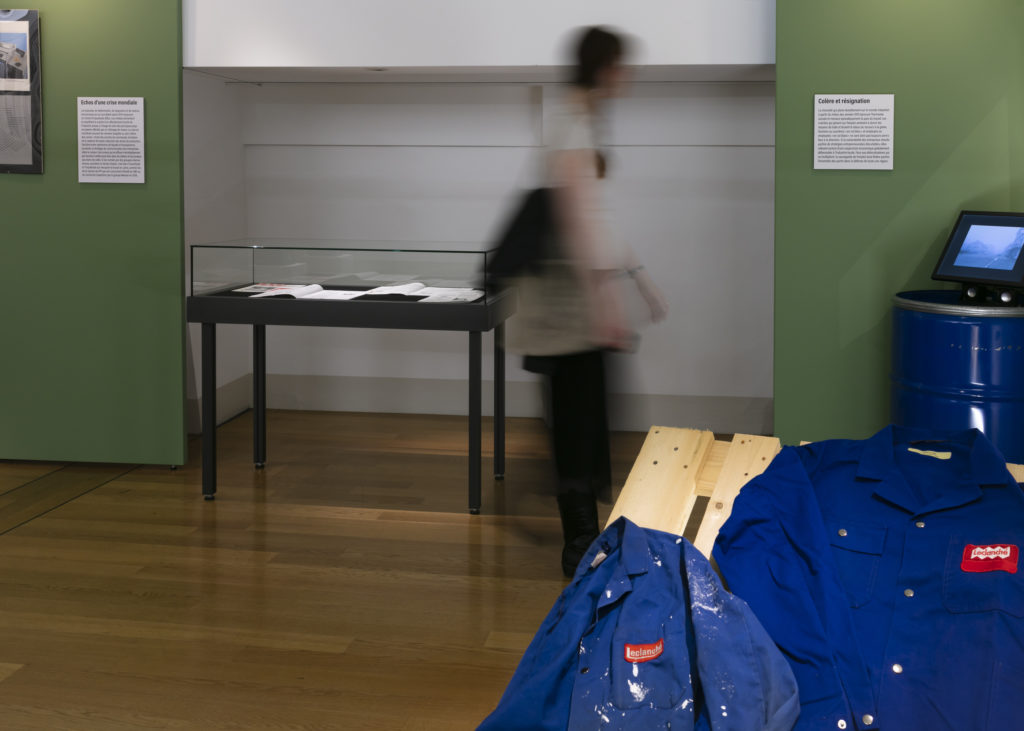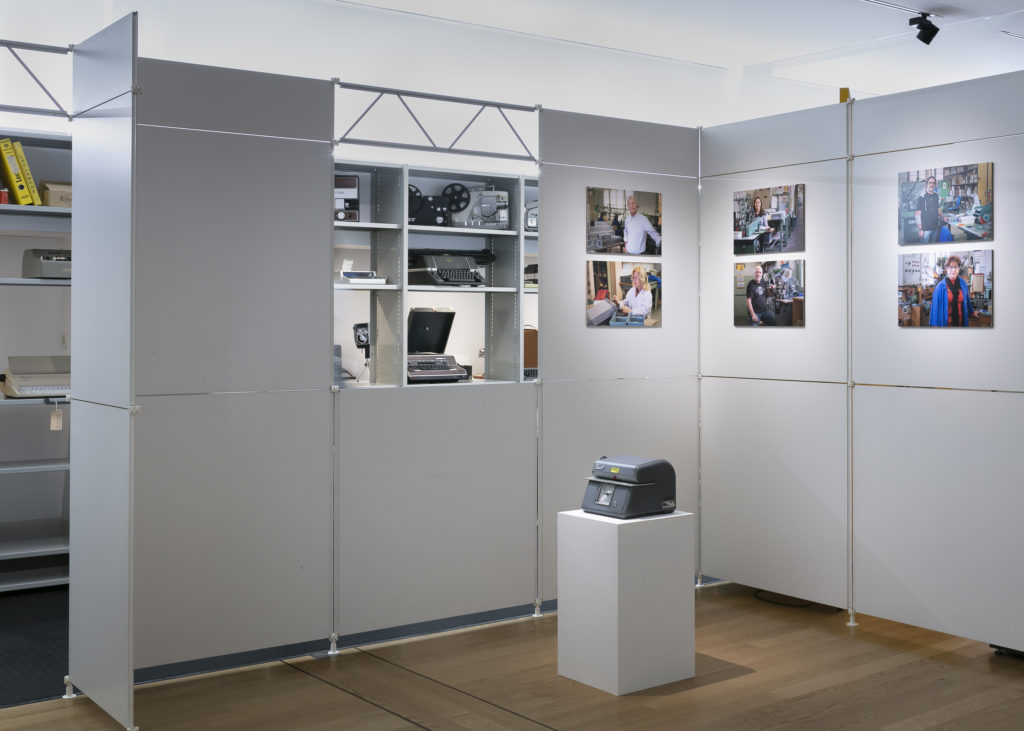« We saw it well coming » Before the disaster
Evoking the deindustrialization of Northern Vaud brings back a widely shared sense of loss. The crisis, precipitated by the 1973 oil shock, marked the end of almost continuous economic growth after the Second World War: the “ Glorious Thirty” (1946-1974). Likened to a golden age gone forever, this period represented an ideal of prosperity and abundance, marked by full employment and labor peace. Northern Vaud benefited from the massive development of the micromechanical industry: the cities of Yverdon and Sainte-Croix experienced continuous growth and became industrial hubs on a national scale. Employers, unions and political elites worked hard to enhance the region’s appeal and attract a workforce that was often in short supply. The daily press, public television, company magazines and tourism promotion all contribute to shaping the image of a region in harmony with its industries. This ideal vision is based on an unshakeable faith in economic growth and technological progress. However, it neglects the downsides: back-breaking work, wage disparities and social inequalities that particularly affect women and immigrants. It also overlooks the fight against political and union dissent, for fear of communist subversion.



